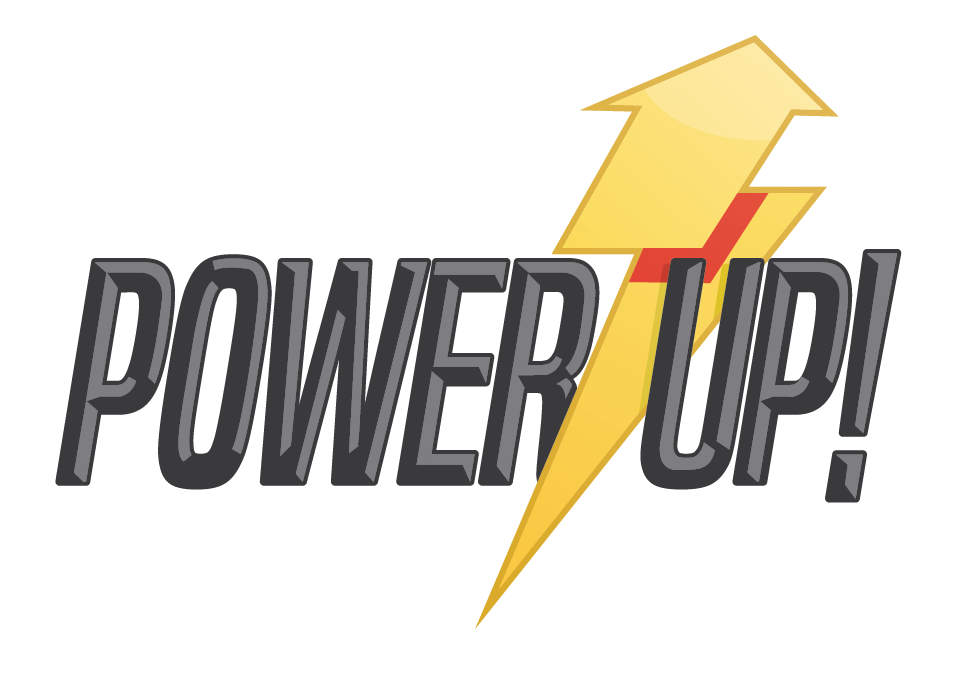I’ve never quite understood the hype around flip phones—they always seemed like fashion statements rather than practical, durable devices. But after using the Motorola Razr 50 Ultra for a few weeks, it’s hard not to appreciate how far flip phones have come—and how wrong my initial opinion was. Even though I’d never used a flip phone before, it’s clear that Motorola has crafted one of the most refined clamshell foldables yet. At AU$1,699, it’s far from cheap, but it holds its own against Samsung’s Z Flip 6. In fact, it’s a much better flip than that phone, and I’m now a believer.
The first thing that grabs you is the massive 4-inch front-facing display. It’s not just for glancing at notifications—it’s a full-blown screen that runs almost any app. I’ve replied to messages, checked maps, and even watched YouTube videos without flipping the phone open. I can’t stress enough how much of a good thing this is, as it saves you the tedium of unfolding the phone numerous times a day. That said, the embedded camera lenses do eat into the lower right corner of the screen, and in apps like WhatsApp, they can block key UI elements like the send button. It’s a clever design, but not without its quirks.

Tent mode is a personal favorite. Whether I’m watching a video or using the clock widget as a desk companion, the standby modes feel thoughtfully designed. The phone’s hinge is sturdy and smooth, and while the crease is nearly invisible to the eye, you can sometimes feel it when scrolling through certain apps. It’s not a dealbreaker—just a reminder that foldables still have some physical realities.
In hand, the Razr 50 Ultra feels premium. The vegan leather finish adds grip and a soft texture that’s far more pleasant than glossy glass. It’s also surprisingly pocketable—slipping easily into tight jeans or small purses without bulging or snagging. It’s a huge win for anyone looking to save space but also have a large screen when needed.


And what a spectacle that screen is. Unfolding this phone reveals a stunning 6.9-inch pOLED display with an incredible 165Hz refresh rate and excellent responsiveness. Scrolling Instagram is ridiculously smooth—so fast, in fact, that I often have to scroll back up because I miss posts. The fingerprint reader in the power button is lightning fast—sometimes too fast—as I’ve had it unlock when I just meant to check the time.
Performance is snappy across the board. The Snapdragon 8s Gen 3 chip handles multitasking, gaming, and camera work without breaking a sweat. Everything feels quick and responsive with barely a hint of lag. Moto’s gesture controls—like twisting to launch the camera or shaking to turn on the flashlight—remain some of the most intuitive around. They make the phone feel alive, like it’s anticipating what I want to do next.
Camera quality is another highlight. The 50MP main and telephoto lenses produce crisp, vibrant shots, especially portraits. Skin tones look natural, and edge detection is solid. There’s a lot of computational work going on, and if you’re quick enough, you can catch the phone processing the final image if you jump to the photo gallery immediately after snapping a shot. You also get to use Moto AI to enhance or edit photos after the fact.
It’s a shame there’s no ultrawide lens—that omission feels noticeable when trying to capture landscapes or group shots. Sometimes you just need that extra room. Is it a dealbreaker? Not really—especially when you consider the various ways a flip phone allows you to capture shots.
Motorola calls it Creator Modes, and they are genuinely useful. You can prop the phone up via its hinge in unique ways to capture hands-free selfies or vlogs. It’s great to line yourself up for high-quality shots using the cover display—especially for selfie videos where you can make good use of the main cameras.
Moto AI, on the other hand, still feels like marketing hype. As with the Edge 60 Fusion I recently reviewed, most of the AI features don’t work as intuitively as you’d expect. Case in point: the “Catch Me Up” feature, which is supposed to summarize your missed notifications, rarely offers anything I couldn’t skim myself.


Similarly, the “Remember This” feature, which is supposed to capture whatever is on your screen, often fails, giving me errors. It’s a nice idea—not too dissimilar to the Essential Space on the CMF Phone 2 Pro—but its wonky behavior made me give up on it quickly. To be fair, this isn’t just a Motorola problem but more of an industry-wide issue where AI is overhyped but underdelivers in daily use.
That said, you still get Google Gemini, which works well for basic tasks and quick answers. Circle to Search remains one of the most useful tools. However, staples like Call Screening and Hold For Me—features you’ll find on the Google Pixel 9 or some Samsung devices—are notably missing. As I always say: don’t buy tech because of AI—you’ll be largely underwhelmed.
What isn’t underwhelming is the battery life on the Razr 50 Ultra. The phone easily lasts a full day with moderate use and even stretches to two days with light use. That’s not something I expected but was a pleasant surprise. Even better is the 45W fast charging, which gets you back up and running quickly. Wireless charging is also available, though without magnets the phone can easily shift out of place and stop charging if you’re not paying attention.

All up, the Razr 50 Ultra surprised me and is clearly one of, if not the most complete flip phone on the market. It’s extremely stylish, functional, and surprisingly practical. If you’re after a foldable that doesn’t feel like a compromise, this one’s worth the flip. That said, Samsung has just launched its new Galaxy Z Flip 7, which boasts a similar full-cover display, fast processor, and great cameras, so competition is about to heat up. Motorola isn’t resting on its laurels either and has already launched the Razr 60.
It’s an exciting time in the world of flip phones, and that can only mean the Razr 50 Ultra will see price drops—making it an even sweeter deal. As for me, I’m now a believer in flip phones.
Motorola Australia kindly loaned the Razr 50 Ultra to PowerUp for the purpose of this review















































































